Call or Text
801-438-4793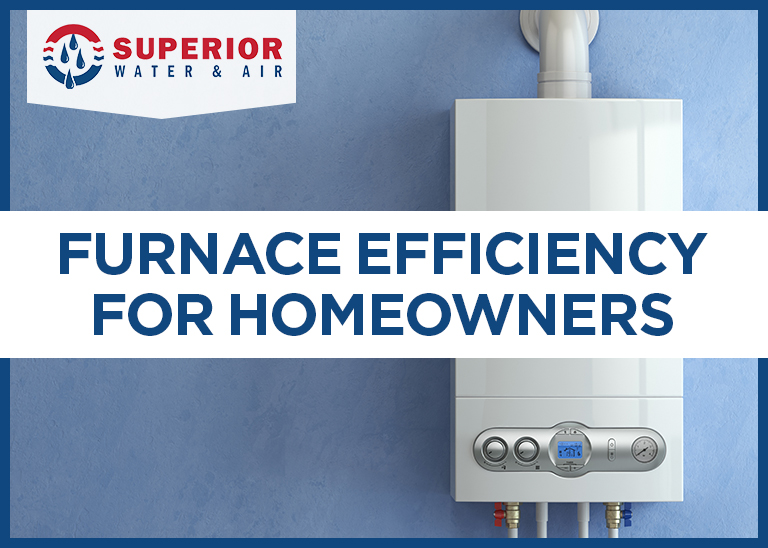
Furnace Efficiency for Homeowners
January 7, 2017
In the past few years there has been quite an emphasis on the benefits of “going green” and making your home more energy efficient. As a professional HVAC company, we often get questions on furnace efficiency, what it means, and how having an energy efficient furnace can benefit one’s home. During a furnace tune-up or maintenance, our technicians will be able to tell you the age and capacity of the furnace. We have broken down the way efficiency is measured as well as the difference between mid and high furnace efficiency to help you determine which furnace type is right for your home.
Furnace Efficiency Measurements
There are two efficiency measurements you need to be familiar with when dealing with furnaces: steady state and seasonal.
- Steady State Efficiency
Steady state efficiency refers to how much usable heat is created when a furnace is running. For example: conventional gas and oil furnaces have steady state efficiencies of roughly 80%. This means that when the furnace is on, 20% of the heat that is generated goes up the chimney and outside. The remaining 80% is transferred through a component called a heat exchanger, which then travels through the ductwork and ends up coming out of the registers you have in each room. - Seasonal Efficiency
Seasonal efficiency is a bit more complex but refers to the off-cycle losses in addition to the steady state losses. You can think of it as an overall efficiency measurement. Furnaces are not on all the time – not even in the dead of winter. They cycle on as the thermostat calls for heat, and cycle off again when the thermostat is satisfied. During the start-up and cool down, the furnace doesn’t operate as efficiently thus contributing to off-cycle losses.
In addition, when the furnace isn’t on, the heat from your house escapes up the chimney flue the same way that heat would escape from an unused fireplace, if the damper was left open. This is also considered an off-cycle loss. If you add these off-cycle losses to the steady state losses you end up with the seasonal efficiency. Seasonal efficiencies for conventional gas and oil furnaces are about 60-65%.
Is a High Efficiency Furnace Right for You?
High efficiency furnaces are complex, and as a result they are often more expensive than conventional furnaces. High efficiency furnaces on average cost about $1000-$1500 more than a conventional furnace. That being said, if you were to spend $1000 heating your house with a conventional furnace, you can save close to $350 with a high efficiency furnace. Over time, these savings will pay for the system itself.
If you’re considering a high efficiency system on a retrofit basis, or as an option in a new home, it is best to speak to a reliable HVAC company to discuss the pros and cons of various models and the estimated increase in furnace maintenance costs. From there you will be able to determine what furnace is best for you. Call Superior Water & Air at 801-312-8143 to schedule an appointment!
Recent News
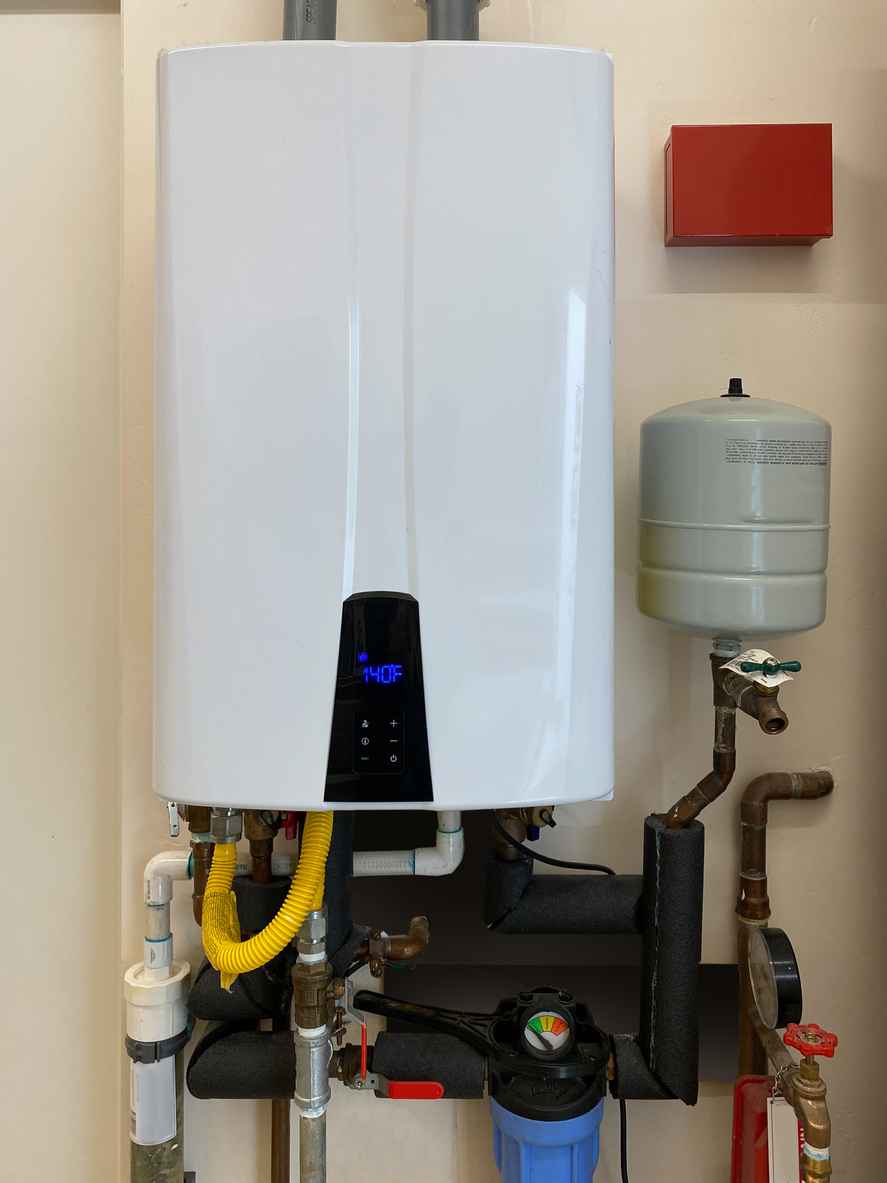
How Do Tankless Water Heaters Work?
March 19, 2024
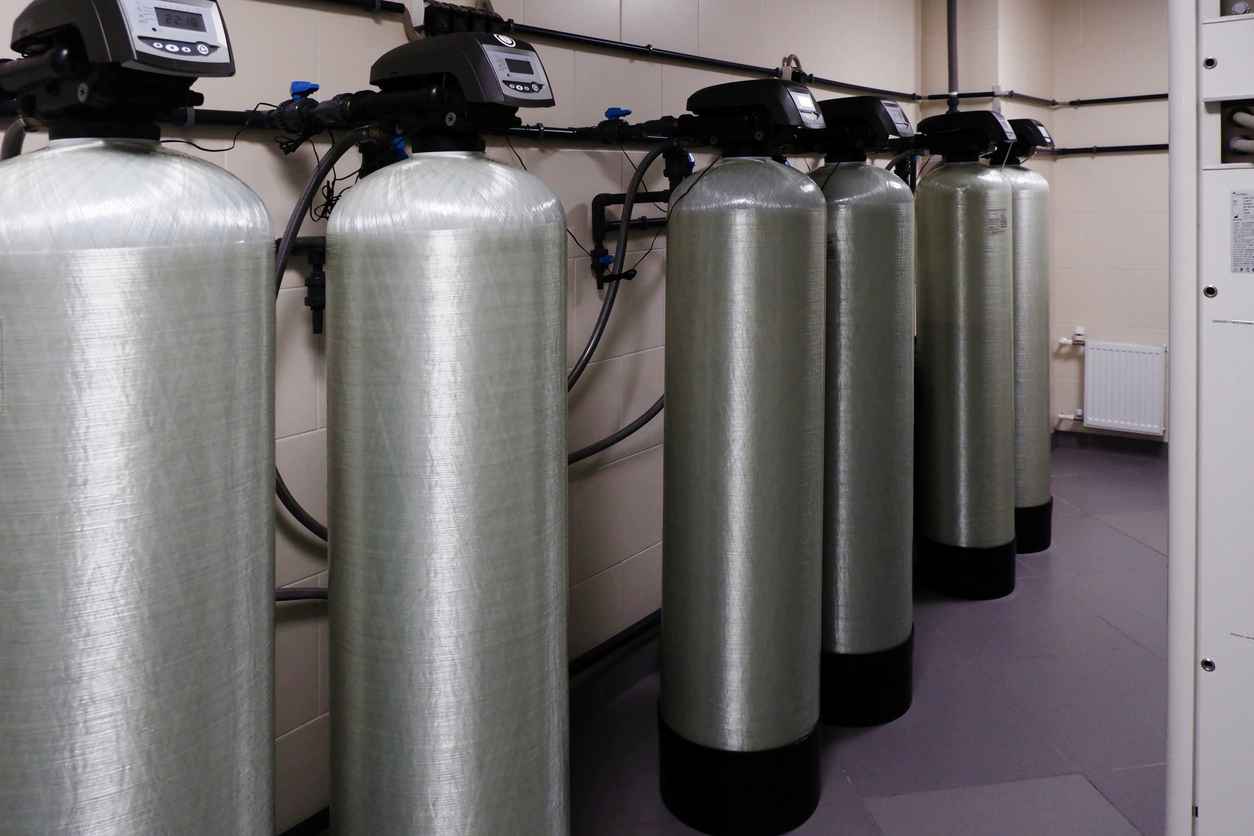
How Much Is a Water Softener?
March 5, 2024
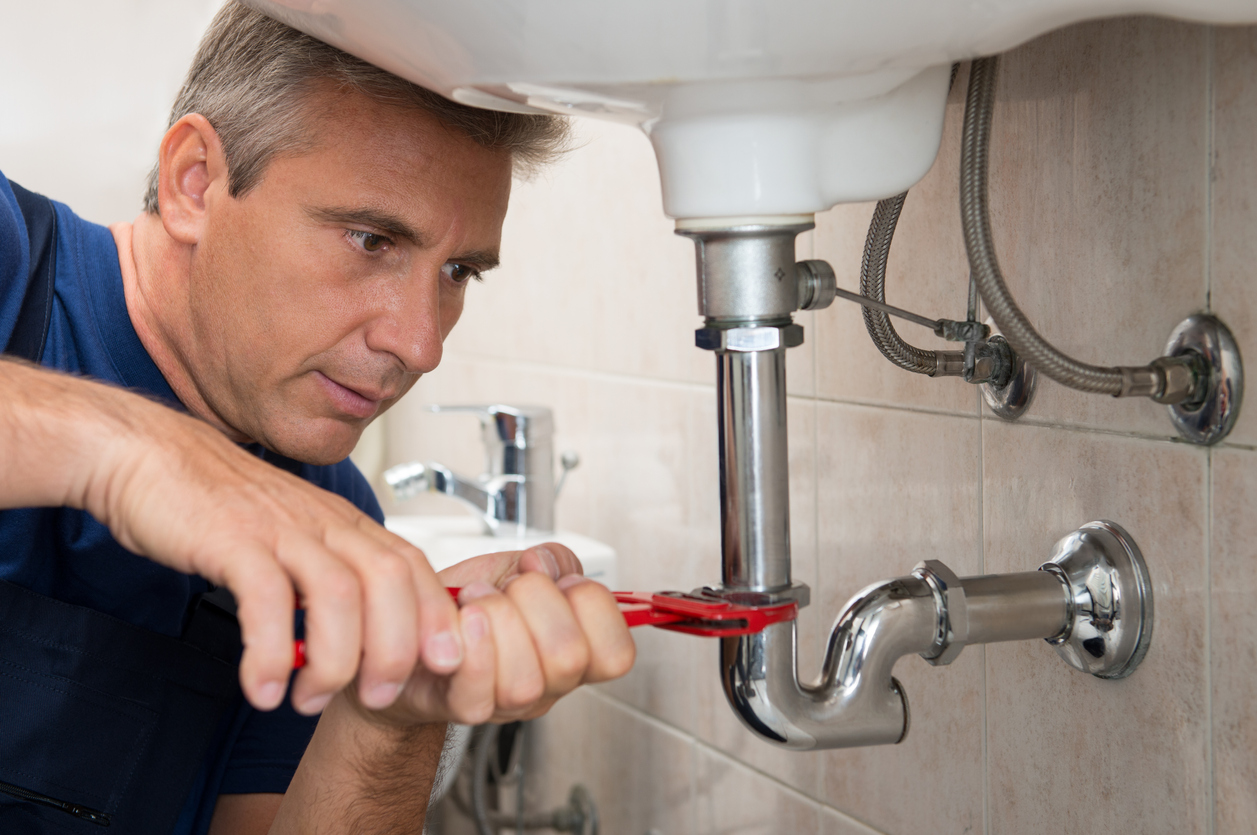
How to Fix Leaky Pipes Under Kitchen Sink
February 22, 2024
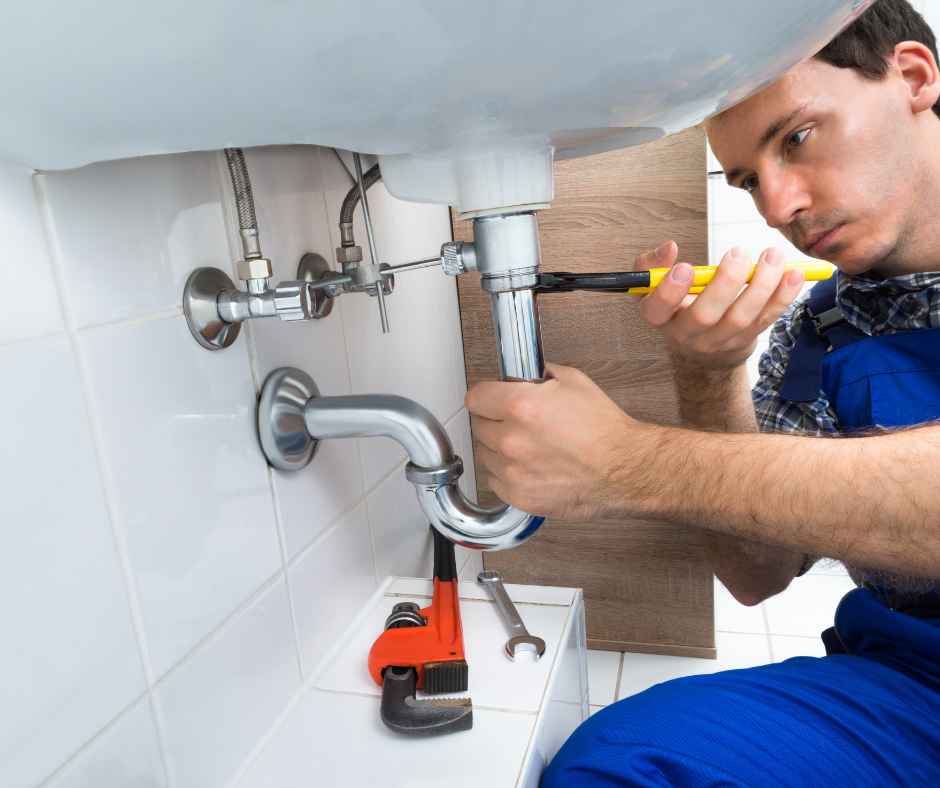
How Much Does Emergency Plumbing Cost?
February 8, 2024
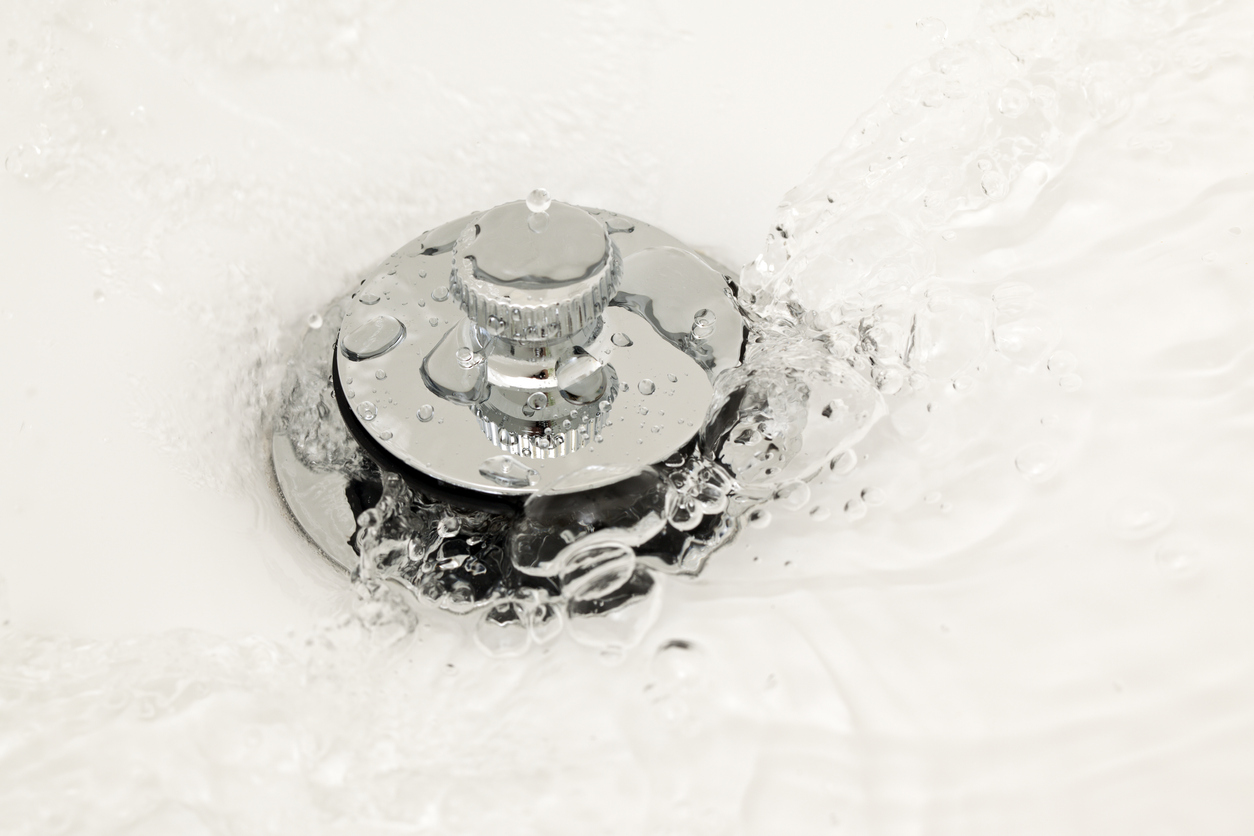
How to Unclog a Bathtub Drain
January 16, 2024
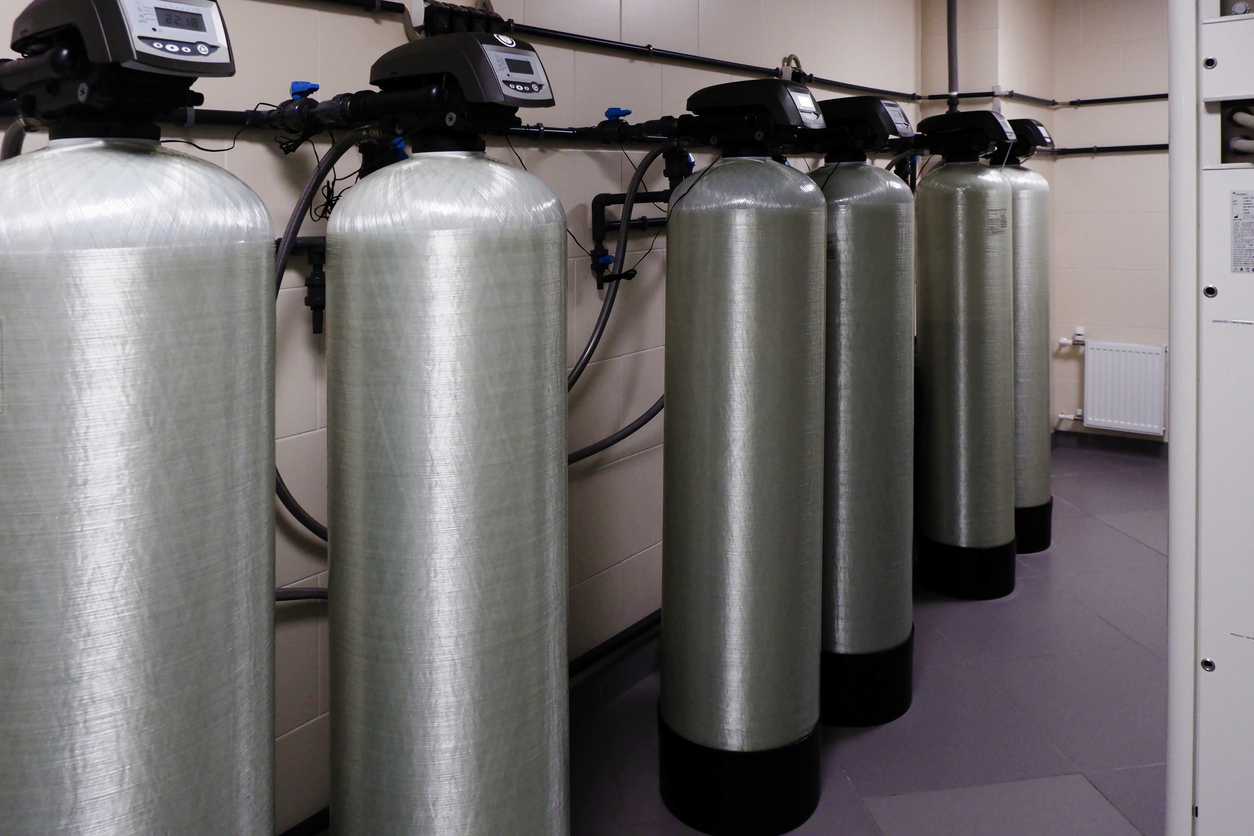
How Much Is a Water Softener?
January 9, 2024



